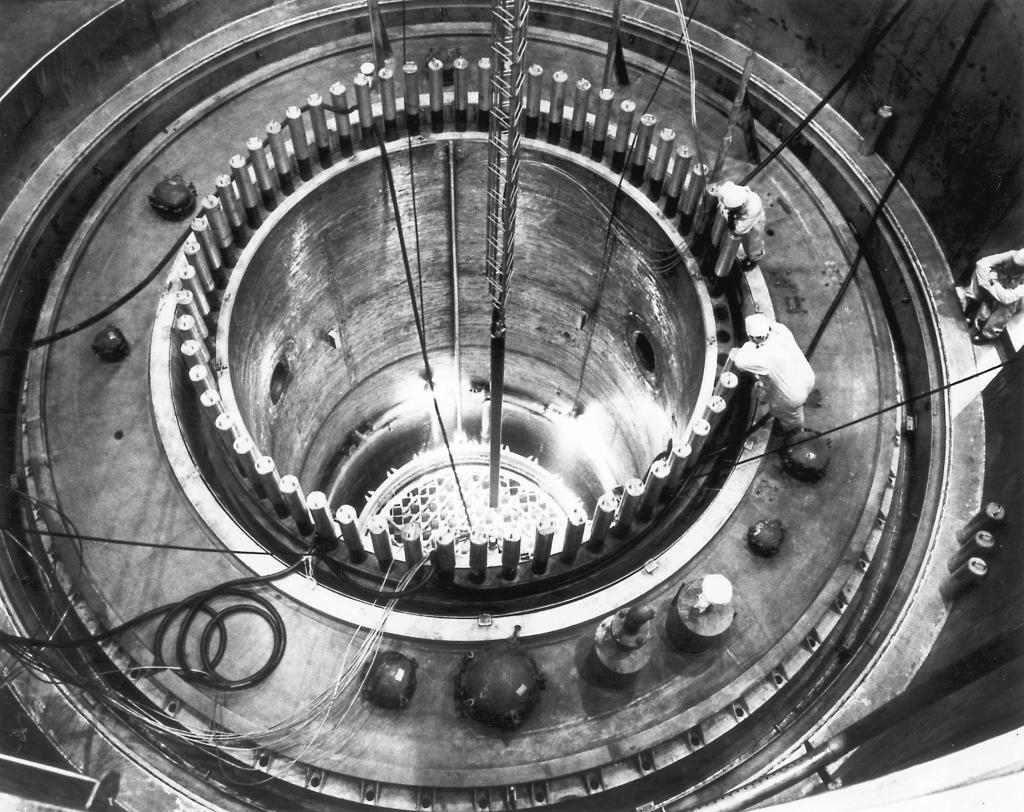Google is embarking on an ambitious project to revive a decommissioned nuclear power plant, aiming to meet the escalating energy demands of its data centers while advancing its commitment to carbon-free energy sources.
Google Revives Decommissioned Nuclear Plant to Power Data Centers
In a bold move to address the surging energy requirements of its data centers, Google has announced plans to refurbish and reactivate a previously decommissioned nuclear power plant. This initiative underscores the tech giant’s dedication to sustainable energy solutions and its proactive approach to securing reliable power sources for its expanding infrastructure.
The Growing Energy Appetite of Data Centers
As the digital landscape evolves, data centers have become the backbone of our online world, supporting everything from cloud services to artificial intelligence applications. However, this digital expansion comes with a significant increase in energy consumption. Traditional energy sources, often reliant on fossil fuels, pose environmental challenges and are subject to market volatility. Recognizing these issues, Google has been at the forefront of seeking alternative, sustainable energy solutions to power its operations.
A Strategic Shift Towards Nuclear Energy
Google’s decision to invest in nuclear energy is not unprecedented. In recent years, the company has explored various avenues to integrate nuclear power into its energy portfolio. For instance, in October 2024, Google signed a deal with nuclear startup Kairos Power to build seven small modular reactors (SMRs) to supply electricity to its data centers. This agreement aimed to add approximately 500 megawatts of carbon-free electricity by the end of the decade. While the 2030 timeline was ambitious, it highlighted Google’s commitment to exploring nuclear options. ([techcrunch.com](https://techcrunch.com/2024/10/14/google-signed-a-deal-to-power-data-centers-with-nuclear-micro-reactors-from-kairos-but-the-2030-timeline-is-very-optimistic/?utm_source=openai))
Additionally, in June 2025, Google inked its first fusion power deal with Commonwealth Fusion Systems (CFS), agreeing to purchase half the output of CFS’s first commercial power plant. This partnership signified Google’s interest in supporting and adopting cutting-edge nuclear technologies. ([techcrunch.com](https://techcrunch.com/2025/06/30/google-inks-its-first-fusion-power-deal-with-commonwealth-fusion-systems/?utm_source=openai))
The Revival of a Decommissioned Plant
The latest endeavor involves the refurbishment of a decommissioned nuclear power plant. While specific details about the plant’s location and capacity have not been disclosed, the project is expected to provide a substantial amount of carbon-free electricity to Google’s data centers. By revitalizing an existing facility, Google aims to expedite the process of integrating nuclear power into its energy mix, leveraging existing infrastructure to meet its sustainability goals.
Environmental and Economic Implications
The reactivation of a nuclear power plant aligns with Google’s broader environmental objectives. Nuclear energy offers a stable, carbon-free power source that can operate continuously, unlike some renewable sources that are subject to weather conditions. By incorporating nuclear power, Google can significantly reduce its carbon footprint and contribute to global efforts to combat climate change.
Economically, investing in nuclear energy can provide long-term cost benefits. While the initial refurbishment costs may be substantial, the operational efficiency and longevity of nuclear plants can offer a reliable and cost-effective energy solution over time. Moreover, by securing its own power sources, Google can mitigate risks associated with energy market fluctuations and potential supply disruptions.
Challenges and Considerations
Despite the advantages, the project is not without challenges. Nuclear energy has been a contentious topic, with concerns about safety, waste management, and public perception. Google will need to address these issues transparently, ensuring that the refurbished plant meets all safety standards and effectively manages nuclear waste.
Furthermore, regulatory approvals and community engagement will be critical components of the project’s success. Building trust with local communities and stakeholders will require open communication and a commitment to safety and environmental stewardship.
A Broader Trend in the Tech Industry
Google’s investment in nuclear energy reflects a broader trend among tech companies seeking sustainable and reliable power sources. In June 2025, Meta announced a multibillion-dollar deal to purchase all the clean energy attributes of Constellation Energy’s Clinton Clean Energy Center, a 1.1-gigawatt nuclear power plant in Illinois. This agreement aimed to secure carbon-free energy for Meta’s operations through 2047. ([techcrunch.com](https://techcrunch.com/2025/06/03/meta-buys-a-nuclear-power-plant-more-or-less/?utm_source=openai))
Similarly, in December 2024, nuclear startup Oklo, backed by Sam Altman, signed a deal with data center operator Switch to build small modular reactors capable of generating 12 gigawatts of electricity by 2044. Although the agreement was not binding and faced regulatory hurdles, it underscored the tech industry’s interest in nuclear solutions. ([techcrunch.com](https://techcrunch.com/2024/12/18/sam-altman-backed-nuclear-startup-oklo-lands-massive-data-center-power-deal-with-caveats/?utm_source=openai))
Conclusion
Google’s initiative to revive a decommissioned nuclear power plant marks a significant step in its pursuit of sustainable energy solutions. By integrating nuclear power into its energy portfolio, Google aims to meet the growing demands of its data centers while adhering to its environmental commitments. This project not only highlights Google’s innovative approach to energy challenges but also signals a potential shift in how tech companies address their substantial energy needs in an environmentally responsible manner.



